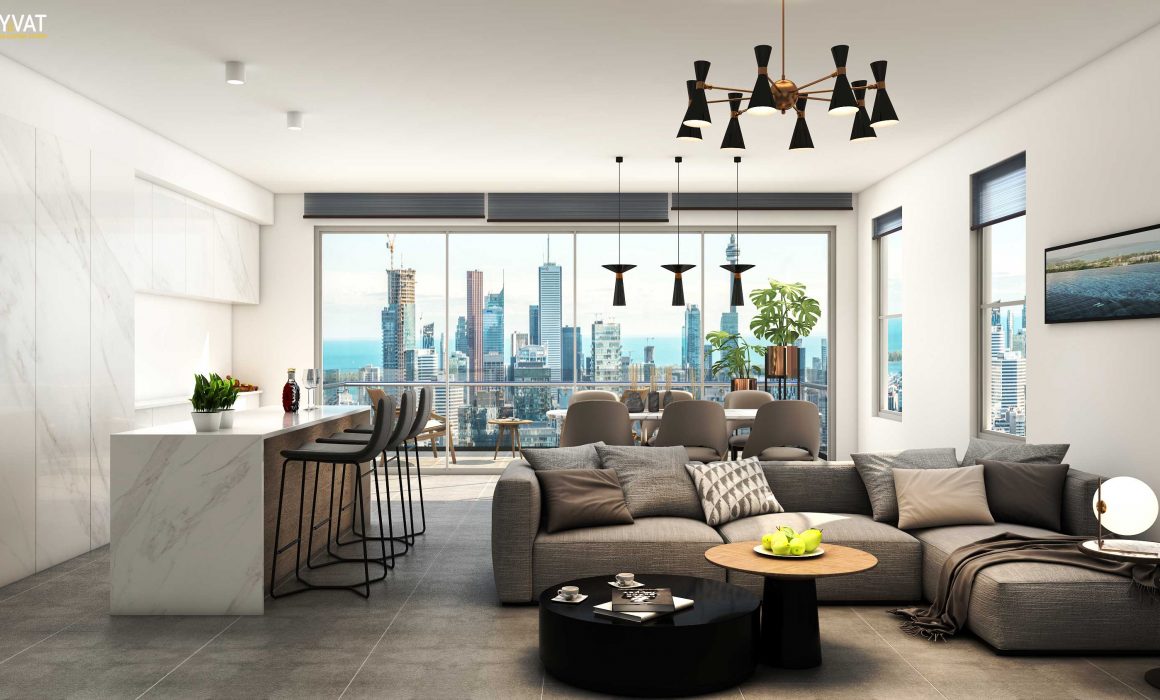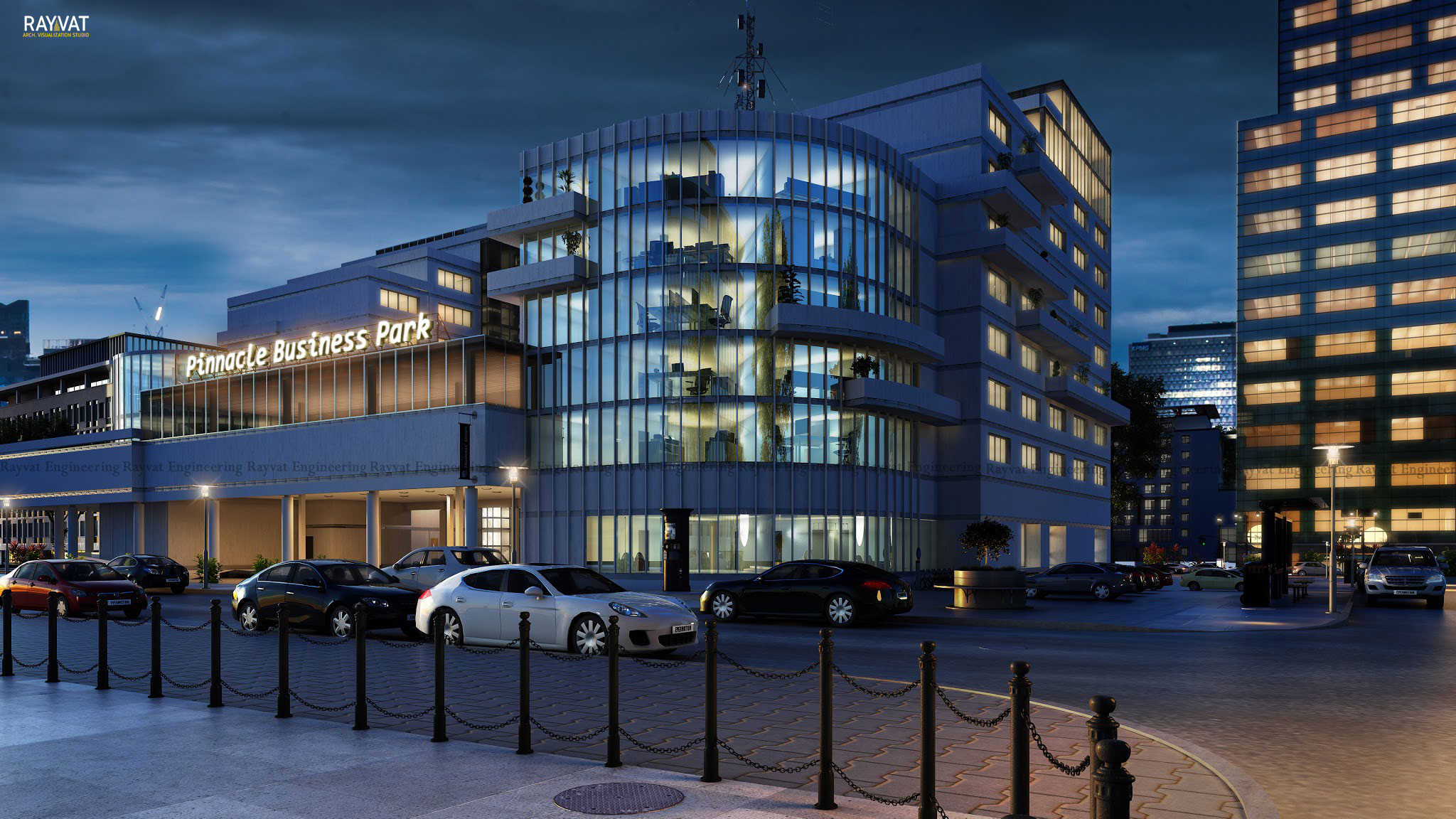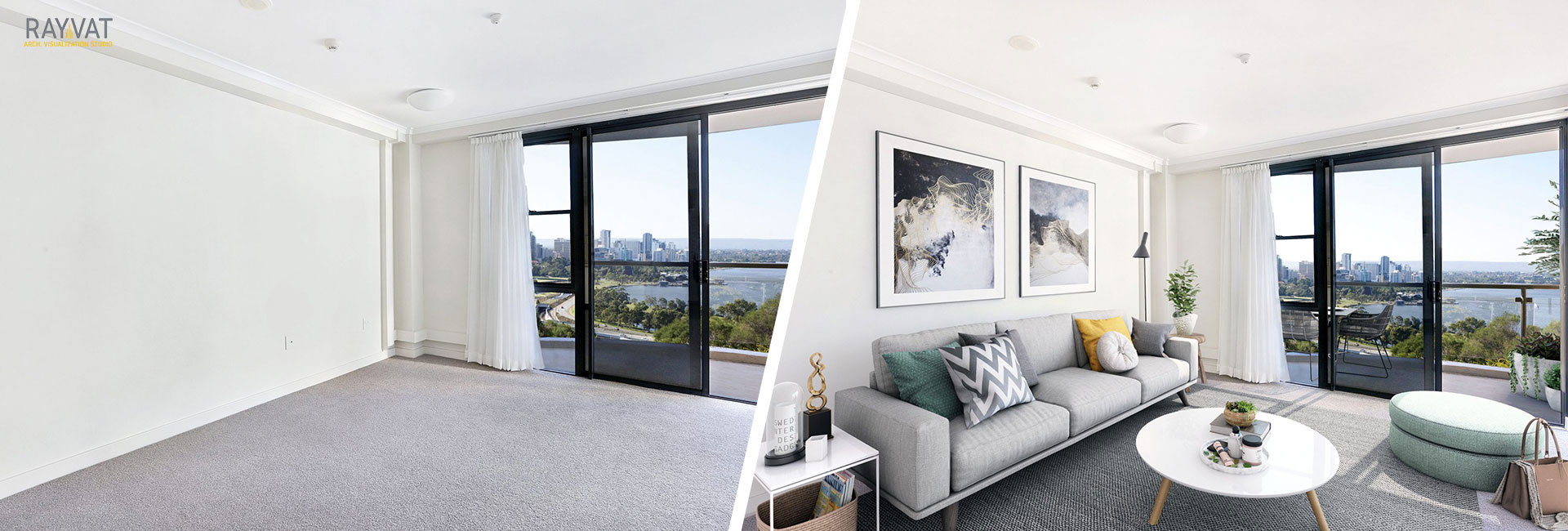
How Virtual Reality Can Help You Score in The Real Estate Business
In the real estate world, the traditional process of wooing a prospective customer has always been a long-drawn-out one. Clients usually state their requirements, following which a long list of properties that match is given to them. Then come to the descriptions and explanations, haggling over prices, and finally, a physical visit to view the house. This process is not only time consuming, but it’s also very frustrating for both buyers and sellers, as in many cases, it does not end in a deal being drawn up.
Today, there’s a game-changing technology that is set to disrupt the way real estate marketers do their business completely! Enter Virtual Reality (VR). VR has the power to help real estate agents sell more properties in a fraction of the time and with minimal effort. They can reach out to clients from across the country, deliver high-quality customer services, and expand their sales much quicker than ever before. In today’s internet-ruled world, most clients look for properties online rather than through any other means; and this makes it imperative that real estate agents who do not wish to get left behind should also jump on the VR bandwagon!
While many people still associate VR with the world of gaming, entertainment, and movies, it plays a very transformative role in the real estate industry as well.
In this article, we’ve put together five of the most innovative uses of Virtual Reality in this industry that are guaranteed to create a competitive advantage for your business.
Architectural Visualization

Architects and real estate developers have always found it a challenge to present properties that are not yet constructed, and showcase their selling points to prospective buyers. Traditionally, physical models that are scaled-down replicas of the finished project have always been used to help buyers visualize what the property would look like. These physical models are painfully hard to create and require considerable expertise and skill, which makes them very expensive as well. Besides this, physical models cannot be transported easily, and clients have to travel to the site office to see them.
All these issues are solved by using Virtual Reality technology to create exterior and interior videos of the proposed property. 3D visualization teams convert 2D images to hyper-realistic 3D views and videos using reality modeling techniques and tools. Clients can get a clear picture of the spatial relationships between rooms and buildings, and can even understand how the structure looks in the context of the surrounding space. The 3D walkthroughs and images can easily be shared online, giving real estate marketers a global market for their properties.
Virtual Property Showcases
Clients who are buying or renting a house will usually visit several properties before zeroing in on one. This can get complicated if the properties are not located nearby, and will involve spending a lot of time and money to travel to each property.
Using VR technology, clients can now take virtual tours of prospective properties without even stepping outside their own homes! Strapping on a Virtual Reality headset will allow them to enter a virtual world where they can experience 3D walkthroughs of properties. They can get a very realistic feel of the space available, in much the same way as a physical tour experience. Without the hassle of traveling to each location, prospective clients can easily look at several shortlisted properties before making their choice. In many cases, the virtual property showcases are so realistic that deals are completed without even a physical visit!
3D virtual tours could be guided visits that are similar to conventional promo videos. This could be in the form of a 360° degree video that is captured using a panoramic camera or a fully Virtual Video that is created using 3D software. Using a VR headset like Google Cardboard offers viewers a high-quality immersive viewing experience.
More sophisticated tools are needed to make interactive videos that allow viewers to move between rooms of their choice within the property. They can click on designated hotspots, and the camera will move to the position chosen. This is more expensive but is also a more creative way of showing your property.
Virtual Staging

A very effective way of marketing a house is to stage it by filling it with choice furniture, allowing the prospective buyer to imagine how it will look once it is furnished. Physically staging a house can prove to be very expensive and time-consuming, and the clients may not like your taste in interiors! The far easier alternative is virtual staging, where 3D Designers Design the interiors of a home virtually, by integrating virtual décor pieces and furniture into an image of an empty room. Spaces can be customized based on the interior preferences of the buyer, and real estate agents can target the needs and aesthetic tastes of their target audience.
Homebuyers who are able to visualize themselves actually living in the space are more likely than not to go through with the deal. Using Virtual Reality technology, real estate marketers are able to sell properties at a fraction of the cost of physical staging. Virtual staging can be done with a quick turn-around time, as well given a photograph of an empty room, 3D modelers could come back with beautifully staged images in as little as 24 to 48 hours!
Virtual Instructions for Tenants
Real Estate Agents who need to communicate instructions to their tenants can do so efficiently through Virtual Reality. They can strap on a VR headset and experience a virtual tour that explains, for instance, how the utilities work, and where extra blankets are stored. This proves to be very useful in the vacation rentals industry, where there is a high turnover of customers, and the rental agents would otherwise have to give instructions and repeat themselves to every single customer! Virtual instructions can vastly improve the customer experience at such rental properties.
Virtual Commerce
Potential homebuyers who would like to see the interior of their new home with interiors done up according to their choices can now do so using the magic of VR technology! They could visit an online store, pick a sofa or an armchair that they like, and add it to their 3D Tour. This helps them to style the property the way they prefer and imagine how their finished home could look.
Again, if a virtual store wishes to advertise themselves by offering the pieces of furniture that are showcased in the virtual tour on sale, clients who are viewing the 3D tour could opt to buy them online.
How Virtual Reality Technology in Real Estate makes all the Difference
Still, wondering whether you should explore the possibilities of marketing with Virtual Reality? Read on to know how it can make all the difference to your marketing campaign!
#1 Clients need not travel to each Location
Clients can check out and shortlist properties right from the comfort of their homes, by putting on VR headsets and experiencing immersive 3D Virtual Tours. They can do away with the hassle of traveling to view each property physically.
#2. Deals can be closed Quickly
Virtual reality solutions save time for realtors as well, as deals can be closed in quicker turnaround time. As several prospective buyers could be viewing the videos at the same time, realtors do not need to split up their time between clients, and this would increase the chances of a sale.
#3 Improved Visualization Capabilities
Clients are able to understand the spatial relationships between rooms and visualize each property in a better way when they view a virtual tour. Especially when the interior is virtually staged, they are able to forge an emotional connection with the home and can even visualize themselves living there, making it more likely that they would close the deal and go ahead with the purchase.
#4 Reach a Global Audience
Physically showing each property takes up a lot of time and effort, and realtors who work in the traditional way are not able to reach out to a wider audience. By showcasing properties through 3D Virtual Tours online, they can reach out even to long-distance buyers and increase their own productivity.
#5 Save on Costs
If you compare the cost of developing a 3D virtual tour with the cost of traditional real estate marketing (think physically staging, sharing photographs, creating banners and advertisements), then it’s a no brainer. 3D tours are just a fraction of the investment! With VR technology, you can harness the power of hyper-realistic videos and imagery that can give the viewer a truly immersive experience.
With more real estate agents taking to Virtual Reality technology to showcase their properties to advantage, do you want to be left behind? Connect with the expert team at Rayvat Rendering Studio to get started with this new-age experiential technology, and start realizing the benefits right away!
Call us today at +1-(888)-863-4445 or email us your virtual reality requirements at engineering@rayvat.com. We assure you of high-quality deliverables to accentuate your property marketing needs.
